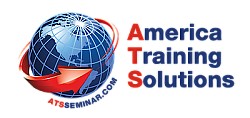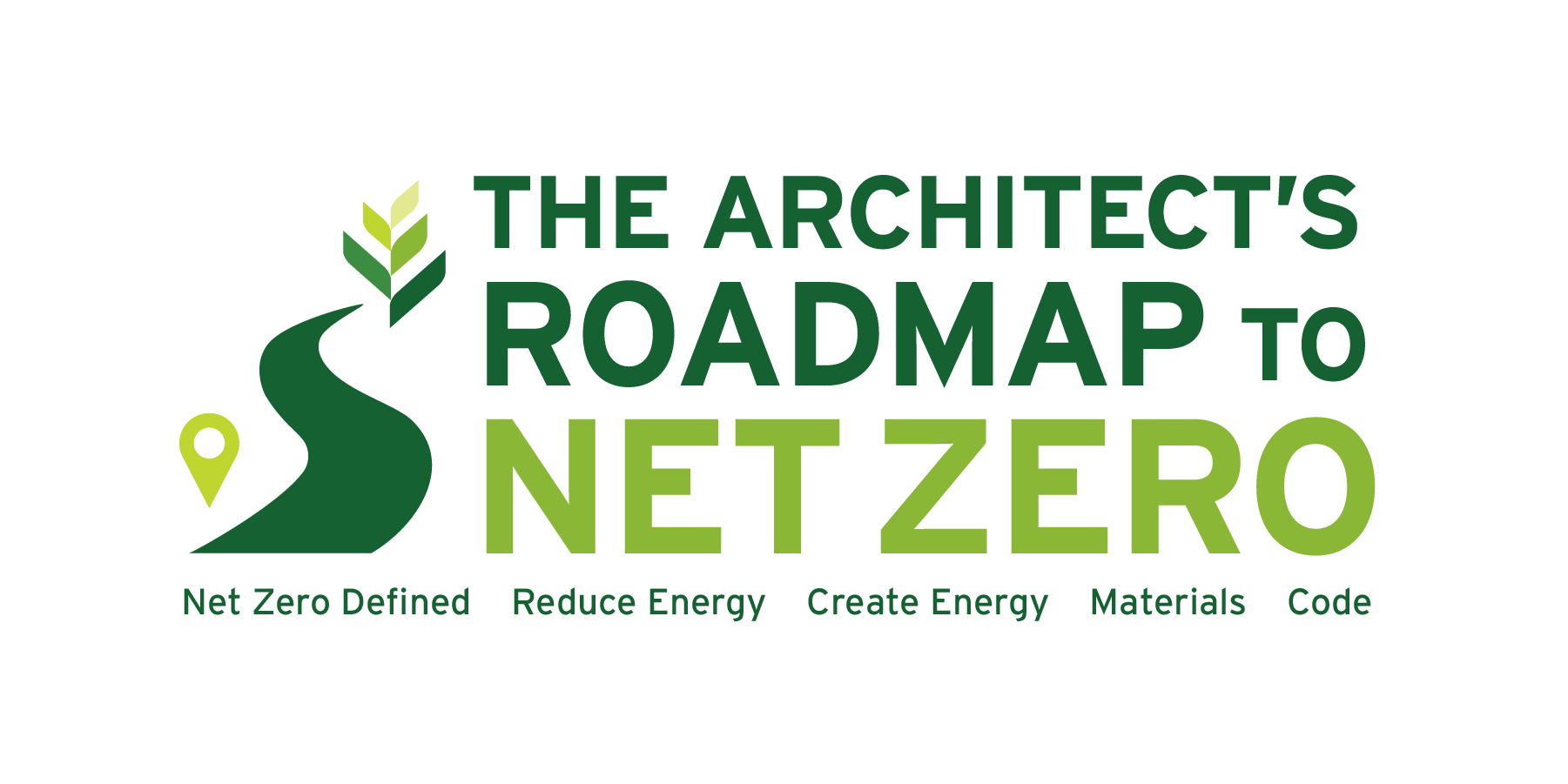08-19-2025
On-Demand Courses
Filter Courses by
Understanding the Risk of Radon: When to Test and How to Mitigate


$20
Description
Radon gas is becoming a growing worry for many building occupants. In this course, we explore our current understanding of this common, omnipresent radioactive gas, the reasons behind its tendency to build up in our structures and the health risks it poses to inhabitants. Then we discuss known, effective measures for reducing our rising exposure to it.
Credits: 1 AIA HSW + 1 GBCI (USGBC/CAGBC) + 1 AIBD Primary + 1 AIBC Core LU + 1 AAA Structured LU + 1 OAA, OAQ, SAA, MAA, AAPEI, NWTAA

Length: 1 hour
Sponsored by: America Training Solutions
What’s better than a new net zero building? A net zero existing building.
"Great class ,but I would like to see a model of cost per BTU for electric vs cost per BTU for gas."
- Peter


$40
Description
Reusing buildings, even ones that have been renovated and upgraded, generates less total carbon emissions than building new ones. In this session we’ll address a couple of myths about reuse, consider what we should be saving and what types of new buildings we should avoid building. We’ll show examples of reuse projects that take into account both embodied and operating carbon emissions. We’ll give a demonstration of the CARE Tool, an early-stage design tool for estimating the carbon benefits of reusing and upgrading an existing building compared to replacing it with new a new one.
Presented By: Larry Strain, FAIA, CARE Tool Developer
Credits: 1 AIA HSW + 1 GBCI (USGBC/CAGBC) + 1 AIBD Primary + 1 Net Zero (ZNCD) + 1 Sustainable Design + 1 AIBC Core LU + 1 AAA Structured LU + 1 OAA, OAQ, SAA, MAA, AAPEI, NWTAA + 1 Climate Action (OAA)


Length: 1 hour
Sponsored by: America Training Solutions
Residential Solar & Storage to Support Net Zero Goals


$40
Description
After a home has been made as energy efficient as possible, it can make sense to power that home on-site with rooftop solar panels. This session will address if, when, and how much solar to add to efficient homes. We will address a second question regarding whether to add local energy storage at the same time, later, or not at all, and how much storage capacity is recommended. We will consider typical payback periods – financial, energy, and greenhouse gas emissions – for each option and some rules of thumb for determining whether those investments are worthwhile under various conditions. Lastly, we will consider how the attractiveness of solar and energy storage can differ...
Presented By: Chris Calwell,
Energy Storage, Renewables, and EV Consultant, Educator
Credits: 1 AIA HSW + 1 GBCI (USGBC/CAGBC) + 1 AIBD Primary + 1 Net Zero (ZNCD) + 1 Sustainable Design + 1 AIBC Core LU + 1 AAA Structured LU + 1 OAA, OAQ, SAA, MAA, AAPEI, NWTAA + 1 Climate Action (OAA) Length: 1 hour
Sponsored by: America Training Solutions


How do you get an existing home to net zero carbon?


$40
Description
This session will present a systematic approach to assessing residential remodeling projects for decarbonization opportunities, viewed through the lens of a Northern California custom home renovation. The project incorporated electric replacements for all natural gas appliances, a total HVAC swap, a solar array, and battery energy storage, along with an innovative approach to upgrading the building’s thermal enclosure to reduce heating and cooling loads while improving comfort. Driven by the drought-prone location and local water supply constraints, advanced water conservation measures are also featured.
Presented By: Ann Edminster, Zero-Energy/Emissions Consultant, Educator, Author
Credits: 1 AIA HSW + 1 GBCI (USGBC/CAGBC) + 1 AIBD Primary + 1 Net Zero (ZNCD) + 1 Sustainable Design + 1 AIBC Core LU + 1 AAA Structured LU + 1 OAA, OAQ, SAA, MAA, AAPEI, NWTAA + 1 Climate Action (OAA)


Length: 1 hour
Sponsored by: America Training Solutions
Embodied Carbon: Incorporating Climate-Friendly Materials in Residential Projects


$40
Description
This course aims to educate architects and engineers about the importance of understanding the climate impact of the products they specify in building designs. Participants will be introduced to the basic concepts of embodied carbon emissions for building products, learning about the extent of the problem and the key strategies for measuring and reducing these climate impacts. Embodied carbon will be centered in a multi-criteria approach to product selection that prioritizes health impacts, resource efficiency, cost, code-compliance, and energy efficiency alongside embodied carbon to demonstrate how this approach can lead to stacked benefits. Two...
Presented By: Chris Magwood,,
Manager, Carbon-Free Buildings at RMI; Board Member, Builders for Climate Action; Chief Climate Officer, Okomwrks Labs
Credits: 1 AIA HSW + 1 GBCI (USGBC/CAGBC) + 1 AIBD Primary + 1 Net Zero (ZNCD) + 1 Sustainable Design + 1 AIBC Core LU + 1 AAA Structured LU + 1 OAA, OAQ, SAA, MAA, AAPEI, NWTAA + 1 Climate Action (OAA) Length: 1 hour
Sponsored by: America Training Solutions


Sound Advice For Architectural Acoustics


$20
Description
Unwanted sound impacts and affects inhabitants of our created spaces, both physiologically and psychologically. If it not already, controlling noise will quickly become a mandated concern for designers.
Attesting to increasing regulatory focus on noise, is a recent proliferation of standards, guidelines, and codes regarding acoustics. Very soon, many of these guidelines will no longer be mere suggestions. Most acoustic concerns can be addressed with a basic understanding on how sound travels and is reflected, blocked, absorbed, or transmitted by materials and assemblies chosen in designing envelopes.
Acoustic design is best addressed in an incremental fashion. Fundamentals are first covered, including basic principles regarding sound, how its energy moves through matter, how its path and intensity can...
Credits: 1.5 AIA HSW + 1.5 GBCI (USGBC/CAGBC) + 1 AIBD Primary + 1.5 AIBC Core LU + 1.5 AAA Structured LU + 1 OAA, OAQ, SAA, MAA, AAPEI, NWTAA Length: 1.5h
Sponsored by: AFD Consulting (Paul Spite)

Designing for Zero Carbon: A Case Study of Sonoma Clean Power’s Grid Optimal Headquarters


$40
Description
Sonoma Clean Power (SCP) is a not-for-profit public electricity provider that provides customers in California's Sonoma and Mendocino counties with clean energy from renewable resources. To reflect its commitment to fight climate change, SCP tapped San Francisco–based architecture firm EHDD to fully renovate a 1979 commercial office building in downtown Santa Rosa as a headquarters and a showcase for zero-carbon design, technologies, and operation. The project is also the initial pilot project for the Grid Optimal Initiative—a joint program of the New Buildings Institute and USGBC devoted to lowest-cost decarbonization of the electricity grid.
EHDD principal-in-charge Brad Jacobson will talk through the implications of designing and operating for zero carbon instead of zero energy, including examples of microgrid...
Presented By: Brad Jacobson, FAIA, LEED AP, DBIA
Credits: 1 AIA HSW + 1 GBCI (USGBC/CAGBC) + 1 AIBD Elective + 1 Net Zero (ZNCD) + 1 Sustainable Design + 1 AIBC Core LU + 1 AAA Structured LU + 1 OAA, OAQ, SAA, MAA, AAPEI, NWTAA + 1 Climate Action (OAA)


Length: 1 hour
Sponsored by: America Training Solutions
Ethics and the Environment: An Architect’s Intent, Process, and Path to Net Zero


$10
Description
The topic of ethics has never been more prevalent for today’s architects, especially in our obligation to the environment. With new data constantly published about the human toll on today’s world, the construction industry must take purposeful steps to not only reduce the environmental impact in the building process but also promote a sustainable design that will last for generations. This one-hour presentation will discuss ethics and the architect’s obligation to the environment. We’ll review what it means to meet Net-Zero goals and the outside influences, including cost, that may pose challenges.
Credits: 1 AIA HSW + 1 GBCI (USGBC/CAGBC) + 1 AIBD Primary + 1 AIBC Core LU + 1 AAA Structured LU + 1 OAA, OAQ, SAA, MAA, AAPEI, NWTAA

Length: 1 hour
Sponsored by: America Training Solutions
Grid-Integrated Buildings: Untangling Ourselves From the ‘Net’ in Net Zero
"Well organized and well presented. I was able to follow the concepts."
- Ann


$25
Description
Presented By: Jack Rusk, CEO and Co-founder, C.Scale
Credits: 1 AIA HSW + 1 GBCI (USGBC/CAGBC) + 1 AIBD Primary + 1 Net Zero (ZNCD) + 1 Sustainable Design + 1 AIBC Core LU + 1 AAA Structured LU + 1 OAA, OAQ, SAA, MAA, AAPEI, NWTAA + 1 Climate Action (OAA)


Length: 1 hour
Sponsored by: America Training Solutions
What, exactly, does “net zero” mean to an architect? A high-level introduction.
"The lecturer was very well prepared on her subject of ZNE. It shows that she knows much from her 17 years of experience in this field."
- Charles


$25
Description
Presented By: Ann Edminster, Zero-energy/emissions consultant, educator, author
Credits: 1 AIA HSW + 1 GBCI (USGBC/CAGBC) + 1 AIBD Primary + 1 Net Zero (ZNCD) + 1 Sustainable Design + 1 AIBC Core LU + 1 AAA Structured LU + 1 OAA, OAQ, SAA, MAA, AAPEI, NWTAA + 1 Climate Action (OAA)


Length: 1 hour
Sponsored by: America Training Solutions
Making Zero Possible: Efficiency-First Decarbonization
"An excellent overview of the many tools and concepts in moving to net zero in building design."
- Ann


$25
Description
Presented By: Jack Rusk, CEO and Co-founder, C.Scale
Credits: 1 AIA HSW + 1 GBCI (USGBC/CAGBC) + 1 AIBD Primary + 1 Net Zero (ZNCD) + 1 Sustainable Design + 1 AIBC Core LU + 1 AAA Structured LU + 1 OAA, OAQ, SAA, MAA, AAPEI, NWTAA + 1 Climate Action (OAA)


Length: 1 hour
Sponsored by: America Training Solutions
Codes & Standards on the Path to Zero Net Energy
"Very good for explaining the lead towards electrification for the nation"
- Isaac


$25
Description
The changing landscape of codes and standards for "Net Zero Energy" goals have been shifting both at the international scale and down to our own backyards with local government agencies taking the lead on carbon free buildings. This session will give you a primer on the latest developments in building energy efficiency standards and the variations of local "reach" code efforts that are impacting the design space. We'll cover the major changes in Title-24 Part 6 for California, IECC, and touch on ASHRAE 90.1 for commercial buildings.
Presented By: Ted M. Tiffany, Senior Technical Lead, Building Decarbonization Coalition
Credits: 1 AIA HSW + 1 GBCI (USGBC/CAGBC) + 1 AIBD Primary + 1 Net Zero (ZNCD) + 1 Sustainable Design + 1 AIBC Core LU + 1 AAA Structured LU + 1 OAA, OAQ, SAA, MAA, AAPEI, NWTAA + 1 Climate Action (OAA)


Length: 1 hour
Sponsored by: America Training Solutions
The Positive Impact of Thoughtful Materials Selection
"Pretty technical, but gained insightful knowledge of material contribution to net zero carbon use."
- Gregory


$25
Description
This class aims to educate architects and engineers on the importance of considering the environmental impact of the products they specify in their building designs. It covers topics such as calculating carbon emissions, understanding the manufacturing processes, and documentation supporting reduced embodied carbon. Additionally, it explores various assessment tools such as life cycle assessment (LCA), environmental product declarations (EPDs), and material transparency declarations. The class also highlights the benefits of reusing existing buildings and materials versus tear-down and new construction.
Presented By: Vaclav Hasik, Program Director for North America at Building Transparency
Credits: 1 AIA HSW + 1 GBCI (USGBC/CAGBC) + 1 AIBD Primary + 1 Net Zero (ZNCD) + 1 Sustainable Design + 1 AIBC Core LU + 1 AAA Structured LU + 1 OAA, OAQ, SAA, MAA, AAPEI, NWTAA + 1 Climate Action (OAA)


Length: 1 hour
Sponsored by: America Training Solutions

Featured
On-Demand Course
Download our App!


Upcoming Events
-

-

-

-
 Hospitality Building Solutions - Central
Hospitality Building Solutions - Central11-18-2025
